History of Japanese Self Defense Force Camouflage Patterns: 1970’s – Today
An essay by Japanon, Posted by Zedthefed (Trenchgunfag)

With its defeat following WW2, Japan renounced its right to build and maintain a military. In the late to the early 50’s, Japan was defended by US troops stationed there as a defensive occupational force, coupled with the National Police Reserve. However, after US occupational troops began to be deployed in Korea in the early 50’s, Japan was left utterly defenseless and had only its National Police force as muscle, armed with light infantry weapons and vehicles and numbering at its peak only 110,000 to combat growing leftist strikes and demonstrations. In 1954, Japan founded its Self Defense Force, with Ground, Air, and Maritime branches. Acting as an “unsinkable aircraft carrier in the Pacific” for the US against Soviet bombers, the Self Defense Force was tasked with protecting Japan from foreign invasion and assisting in international peacekeeping, but never war.
As such, with a constant US presence in their homeland, the JSDF was early on equipped with hand-me-downs from the WW2 and Korean War eras, and although eventually they began to manufacture their own indigenous weapons, vehicles, uniforms, and equipment, as with many Western European nations during the Cold War there can often be a distinct American influence found in these newly formed post-war militaries. In this article, we will explore the camouflage patterns and uniforms Japan began independently producing.
Despite being formed in ’54, with the exception of some homemade helmet covers out of parachute camouflage material, the Japanese did not issue any camouflage until the 70’s. The first pattern to emerge goes by many names; “Old Camo”“Hokkaido Camo”, “Northern Camo”, “Kunai (Bloodgrass) Camo”, and “Airborne Camo”. Most famously and popular though, by far, is “Fang Camo”, from the shapes found in the pattern.
Although its exact adoption date is unknown, the earliest dated piece I’ve seen was made in 1976. Officially called the “Mk.1 Camouflage Uniform”, the Fang camouflage pattern was initially reserved for special units, namely the Japanese 1st Airborne Brigade. However, it quickly spread to be common issue for front line units by the late 70’s and by the 80’s was standard issue for field use, although the older OD green Type 65 uniform were still worn by reserve units and for general use.
The strange coloration and design stems from the JSDF’s Cold War era defense policy. Japan’s greatest concern during the Cold War was a Soviet invasion to capture Japan and use it as a staging area for a West Coast attack, which they concluded would most logically occur from the Northern island of Hokkaido, seeing as it’s the closest part of Japan to the Eastern coast of Russia. Hokkaido, compared to the more southern areas, is cold and mountainous, and gets heavy snow during the colder seasons. Because of this, the JSDF based nearly its entire defense of Japan around defending Hokkaido, digging into the mountains and building extensive underground bunkers and hiding in the forests and valley chokepoints, with the intention of doing everything in their power to stop invading Soviet forces until American forces could arrive to relieve them.
Fortunately for them, the Cold War never went hot, and the pattern was replaced by the late 90’s and is often looked back as an ironically highly ineffective pattern for the majority of Japan. It was issued in a standard uniform in the same cut as the Type 65 Uniform, consisting of a zip-front, two button-closure pocket tuck-in shirt and trousers with two hip-level cargo pockets and a matching camo fabric belt (often missing from examples found today). An airborne version with snap closures was also issued. Aside these, many items were produced in the pattern including a ridgeway style kepi, helmet cover for the Type 66 helmet (M1 copy), gas mask hood, flight suit and flight jacket, and numerous private purchase items such as webbing pouches, specialty vests for recon, rangers, and emergency rescue, and more. There was even a uniform made in the same cut as the US jungle fatigues, however it was not adopted. It was completely replaced by the late 90’s with the introduction of the “Jieitai” camouflage which we will cover shortly. It does however see sporadic use in helmet covers and other minor bits of equipment in training and exercises.
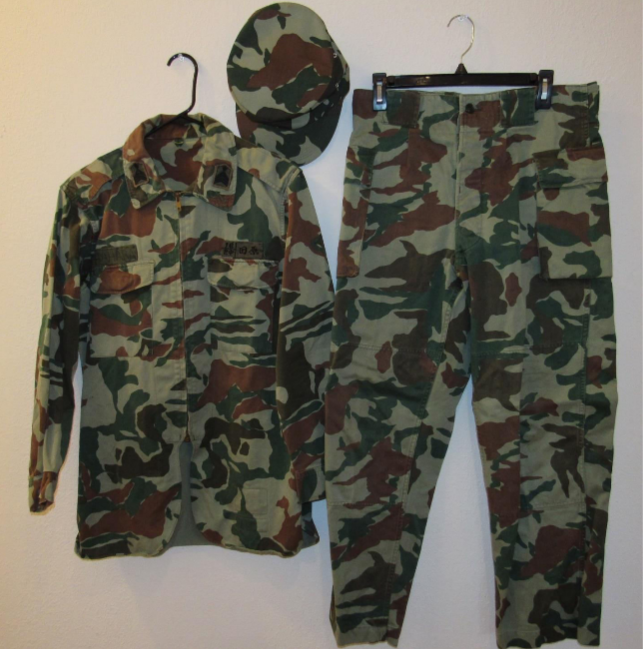
In 1988, the Japanese Air Self Defense Force (JASDF) also introduced a pattern for use by Air Force Ground Defense and Air Base Security units. It is simply a recolor of the Fang camouflage and in different cuts. Designated the “Aviation Camouflage Uniform”, in the Western collecting world it is often simply referred to as “Air Force Fang”. It is still worn today, but is in the process of being phased out by the new JASDF digital pattern.
In 1992, the JASDF briefly trialed a unique pattern that amusingly demonstrates the crossover of American and Japanese influence. Only trialed by JASDF Ground Defense and Airbase Security members between 1992 and 1995, it is a blend of the famous US Camouflage, Daytime Desert, 6 Color, or more affectionately known as the “Chocolate Chip” pattern and the Fang camouflage pattern drawings. No official name is known at this time, and the pattern was canned in ’95 and photos and examples are exceeding rare. It is typically referred to as “Desert Fang” or “Chocolate Chip Fang”.


There isn’t much hard info on this one, but it’s a pattern worn by “Army Aggressors” better known as OPFOR units of the JSDF. It’s another recolor of the Air Force Fang, and is exceedingly rare, seen here in the possession of a Japanese collector compared to the Air Force Fang. There’s currently no known first issue date, range or extent of use.
Now for the one most everybody knows and wants. You may have even first seen it in the 90’s Godzilla movies. This pattern was introduced in 1991 and replaced the Fang and Type 65 uniforms as the general service uniform for the Japanese Ground Self Defense Force. Nicknamed “Jieitai”, the indigenous name for the JSDF, it is often referred to as “Japanese Flecktarn”, as it’s, well, basically a re-coloration of the German Flecktarn pattern.
Still in use today, the first cut of the uniform was called the Mk. 2 Camouflage Uniform. The Mk. 3 is the current cut, the only difference between the two are just minor details, such as closures on the pockets and cuffs from button to velcro and added calf pockets on the trousers. There’s no known movement to replace the pattern, and it is produced on a vast arrangement of uniforms and equipment, such as helmet covers, gas mask hoods, rucks, body armor, vests, webbing, pouches, flight uniforms and equipment, and much more.
The best place to try to find a uniform is ebay, although if you have a way, and the know-how, you might be able to order a commercial or even a PX version of the uniform off Rakuten or S&Graf. The government issued uniforms are very hard to find and are ID’d by the tag; it should have a production date and a Q inside of a cherry blossom, the symbol of the JSDF that replaced the Chrysanthemum. PX and commercial uniforms are generally authorized for use by members of the JGSDF, however they often have different blends and dyeing methods resulting in some variation in coloration of the uniforms, especially when faded; some are known to turn almost a sort of lime green after heavy sun and washing.

Mk. 2 Camouflage uniform, worn from 1991 until about 2010



Unknown when the first issue was but presumably fairly close to the regular Jieitai pattern, this “Winter Jieitai” version has an inverse ratio of green to brown. It is normally seen and worn on a field jacket, but is known to exist in matching trousers, helmet covers, and other uniforms.

In 2008, Japan finally began issuing a desert pattern to units deployed by the UN. It has no known name, and is usually called “Japanese Desert”, “Japanese 3 Color Desert” or “Japanese Coffee Stain”. It is just that, a near copy of the US 3 Color Desert “Coffee Stain” camo but with thinner, more Fang-like shapes. It was first worn by JASDF personnel in Iraq and is still used today.
Back to the Air Force, now tired of their version of Fang, began issuing Japan’s first digital pattern. Using a unique blueish, grayish, and brown colorway, it was first introduced in 2009 and is available in flight uniforms as well as normal uniforms for regular JASDF personnel.

In 2012, Japanese personnel were deployed to East Africa to assist in humanitarian operations, most notably repelling Somali pirates off the East Coast and delivering food and aid to places like Djibouti. It is unknown whether this pattern is still worn or not, but it’s available in Japanese PX stores and occasionally in online stores such as Rakuten and S&Graf.
Finally, the most recently known pattern of the JSDF. The naval forces, the Japanese Maritime Self Defense Force or JMSDF, also fell victim to the Navy Digital craze that swept the world and introduced this purplish/bluish digital pattern sometime in the early 2010’s and continue to wear it. Fortunately, it seems to be an “identity” pattern issued mainly to land and shore based personnel, while shipboard members continue to wear more traditional plain white, blue, and khaki uniforms.
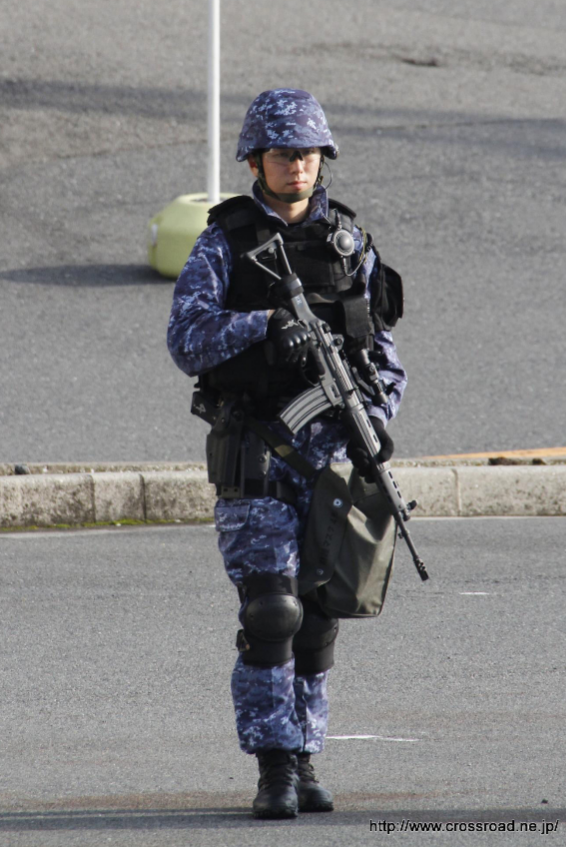
I hope you enjoyed this little journey through the JSDF’s recent uniforms. The Japanese camouflage history book is unfortunately a short read, a far cry from the Indonesian edition. We will wait and see what new patterns the future holds for the JSDF. Hopefully someone with money and connections will someday open up some imports for JSDF uniforms and equipment, as it currently stands the only semi-reliable way for Western Kommandos to obtain them is secondhand through ebay or through those with connections or a bank account accepted by a Japanese vendor.


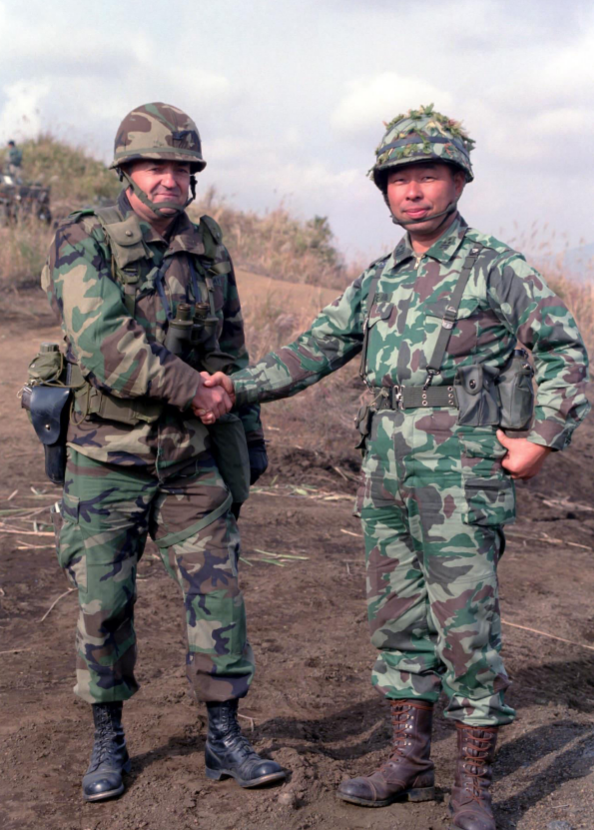
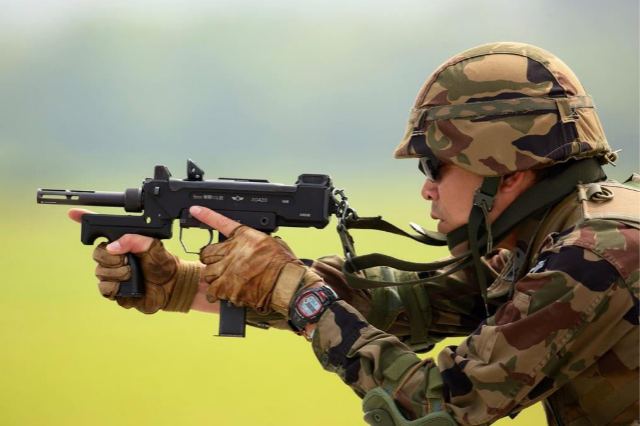
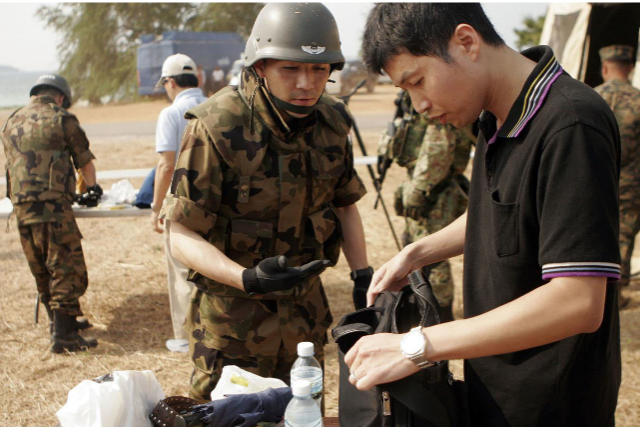










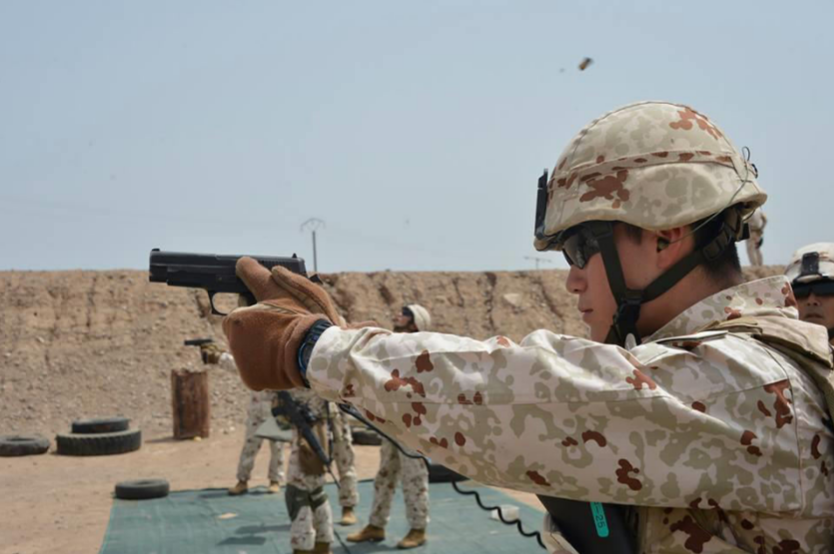

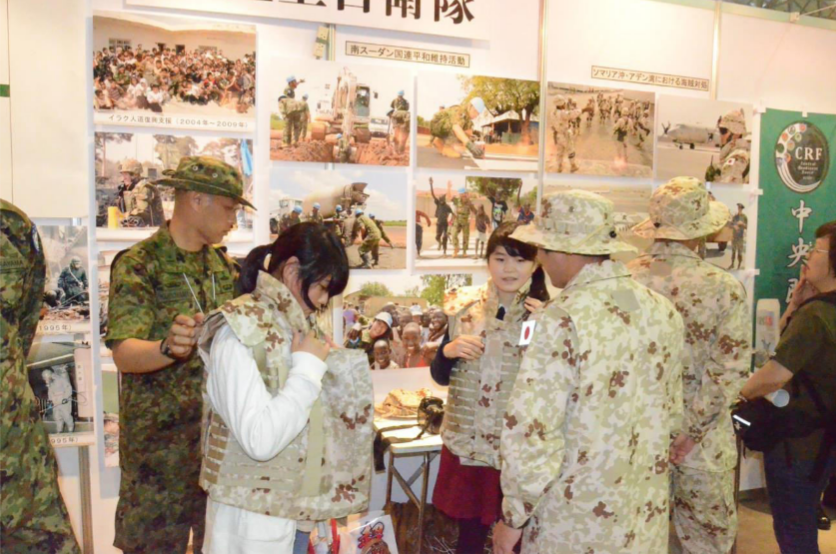
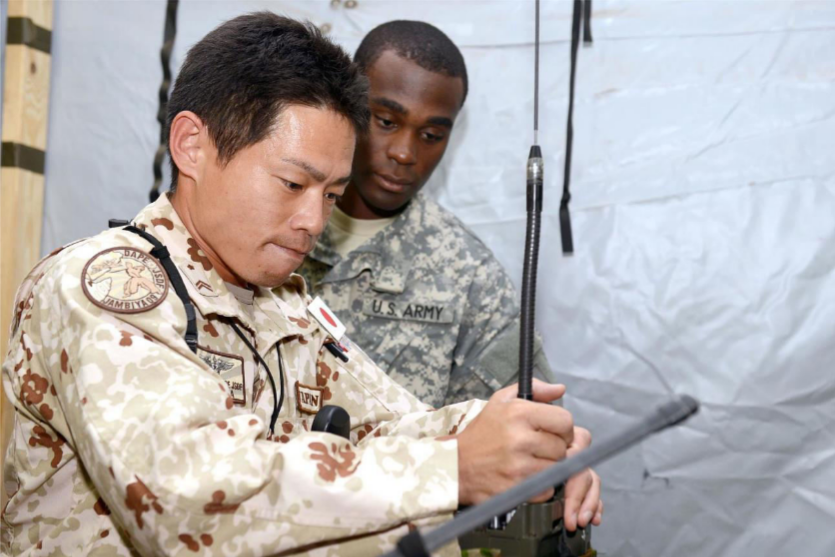
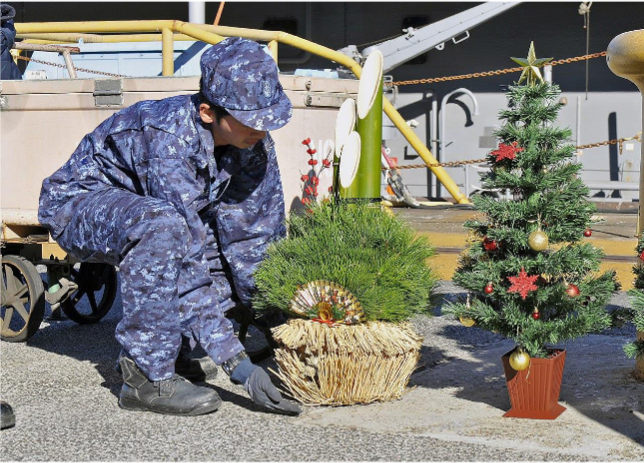
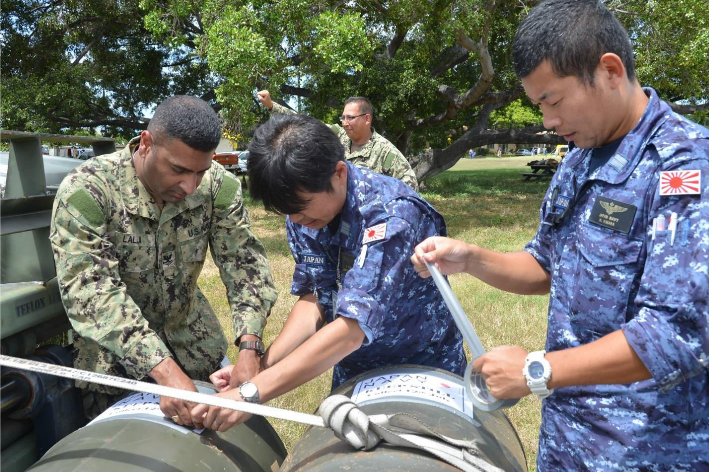
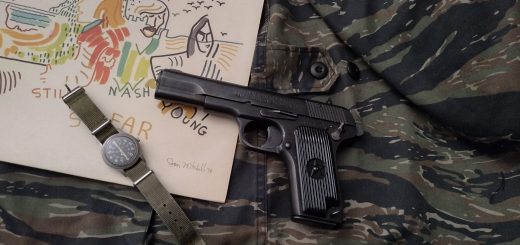
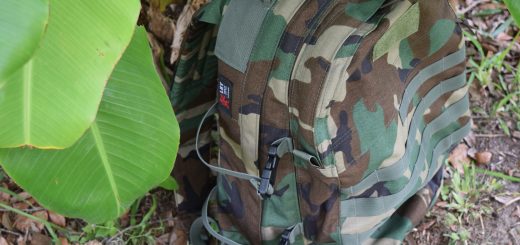
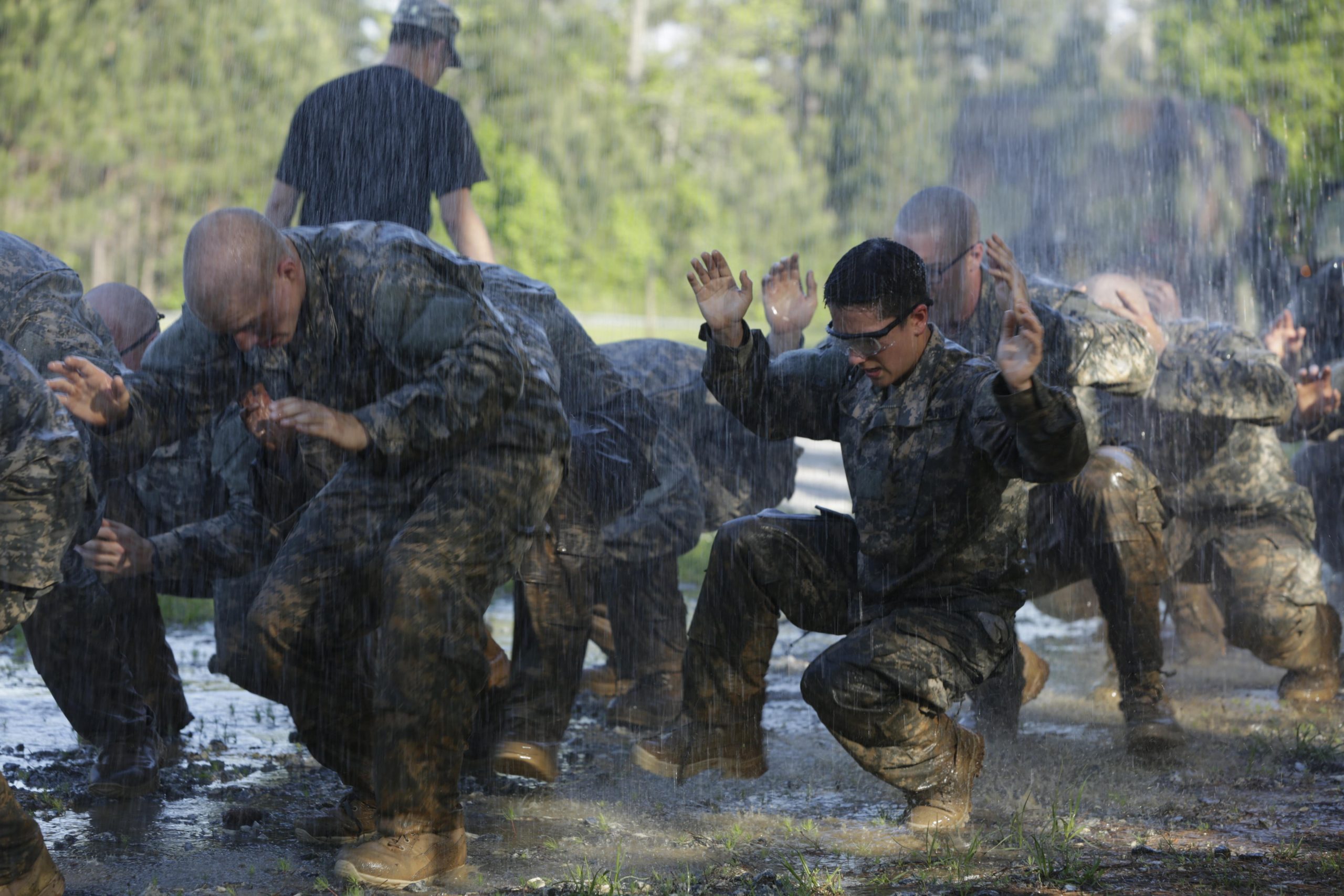


I spent 10yrs in the JGSDF and still in the reserves. I also lived 10yrs in Hawaii where I went to HS and part of university (UH) and how I am fluent in English. Interesting article I stumbled on here.
Brings back memories of our changing field equipment. Though I wish we got rid of the Type 89 rifle as everyone I know from new guys to senior guys all hated the Howa or that AR18 copy. Its heavy, too long, no rails and easily damaged especially the stock and sheet metal receiver.
Only special forces people get the good stuff like German HK416-417, HKMp7, FNH or SIG etc. Contrary to popular belief we get most of our inspiration from either ourselves or the EU like Germany etc. NOT much comes from the US. IE: We got baseball from Canada not from you yanks. ; ) I hate baseball its why I mentioned it…
Btw there are a lot of shops that sell either surplus or replica military stuff in Ikebukuro only thing is they are not English speaking and will not sell to those who cannot speak Nihongo. There are a few that sell overseas but are very expensive due to the trade disputes the that US seems to have with the rest of the world.
Most Nihonjin myself included hate Tokyo as its dirty, too many foreigners, too expensive, too crowded,lots of crime (I am a police motor officer) and even the Nihonjin that come from there are always rude and arrogant. In fact its the least “Japanese” city in Nihon. Sorry if I burst your bubble of Nihon but its not like you see on TV Nihon can be a very prejudiced country sad to say.
Why do you think all those bloggers and youtubers ONLY live in the Tokyo area or what we call the gaijin area and 99% are English teachers? And becoming a citizen without either having nihonjin blood or marry a national is next to impossible.Outside of the tourist areas you almost never see foreigners ever.
Pardon the rant but the stuff I see and hear about Nihon online are so untrue or laughable. NO we all do NOT eat KFC during Christmas or give chocolates outside of the big cities you won’t even see Xmas themed stuff Its all mostly for the tourist and or seen in Nihonjin TV like Anime etc. I think anime is were most gaijin get their idea of Nihon ; )
Thanks for your comment Katsuo. It would be great if we could interview you about your experiences in the JGSDF reserves and motor police. Our English speaking readers would benefit greatly from some first-hand knowledge. If this is something that would interest you please feel free to reach out: [email protected].3
Katsuo san.
i am a Chinese which resided in Fukuoka prior to the global pandemic. If you think Japan is bad, wait til u learn Chinese and hear what people say about foreigners on the streets and the constant propaganda against everything non local.
it is as if the war never ended.
I have lived in Malaysia and Indonesia as well. If Japan is bad towards foreigners, many other adjacent societies are not any better.
But comparing to where I was brought up, it is a hundredfold better when it comes to how they treat foreigners.